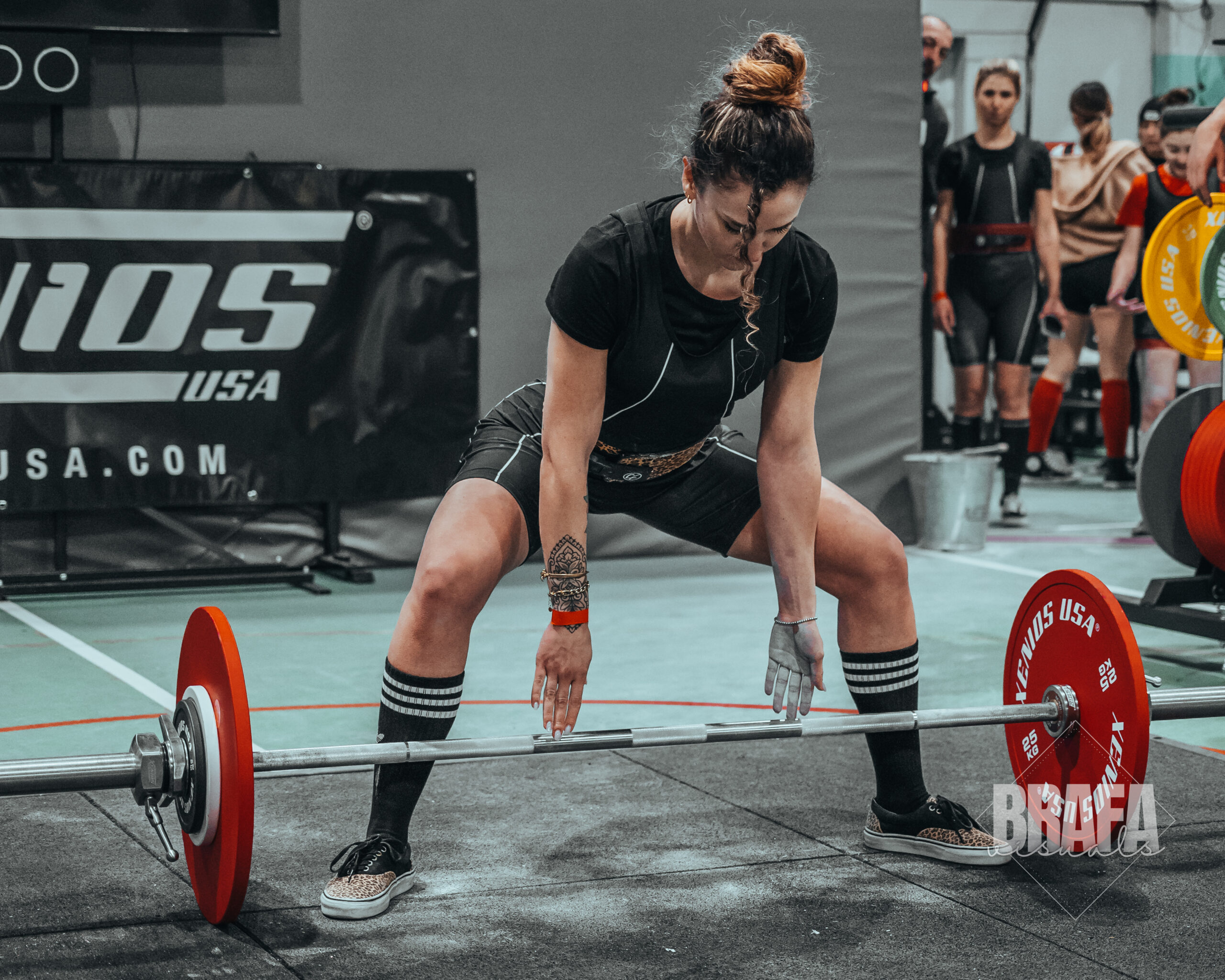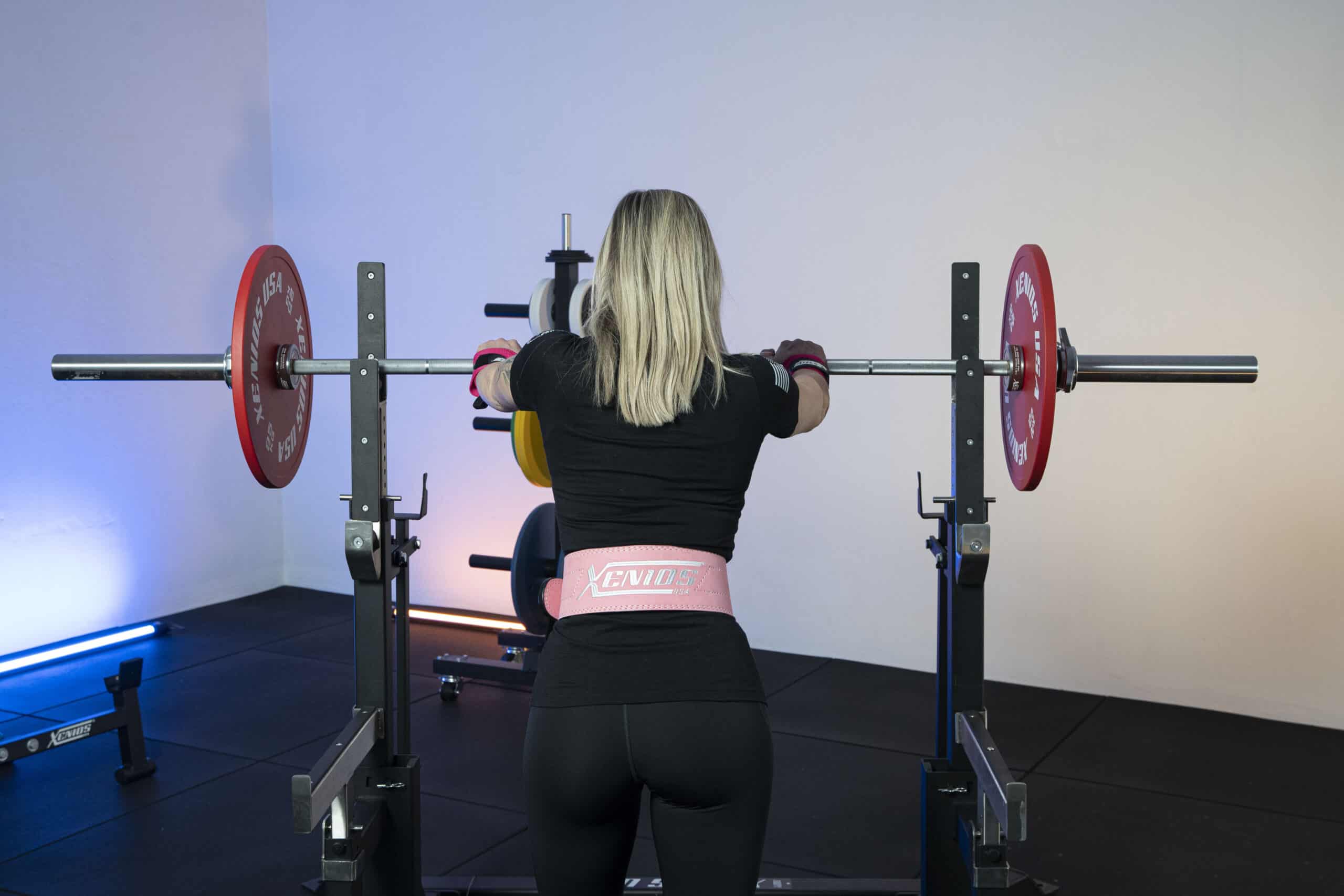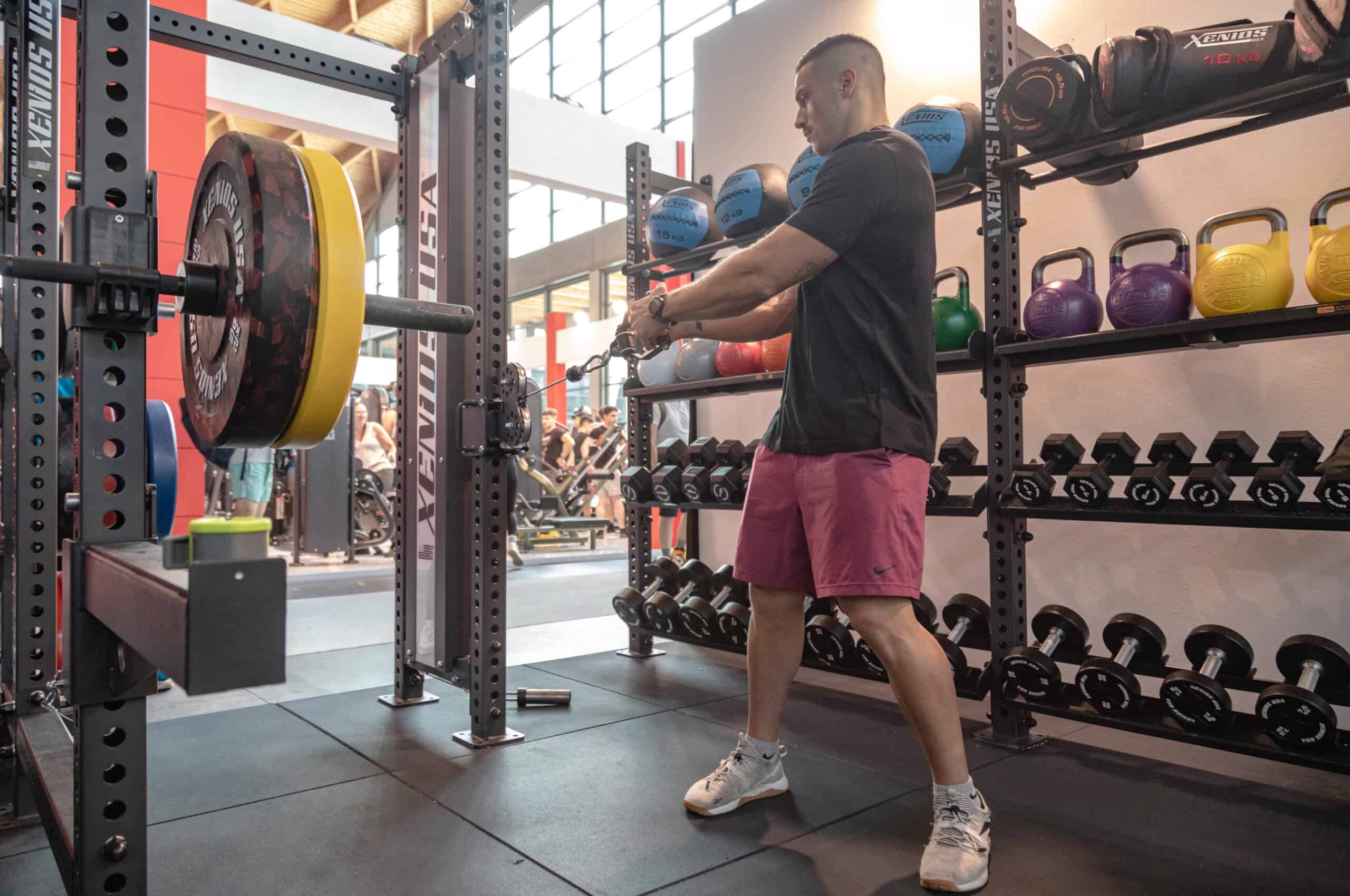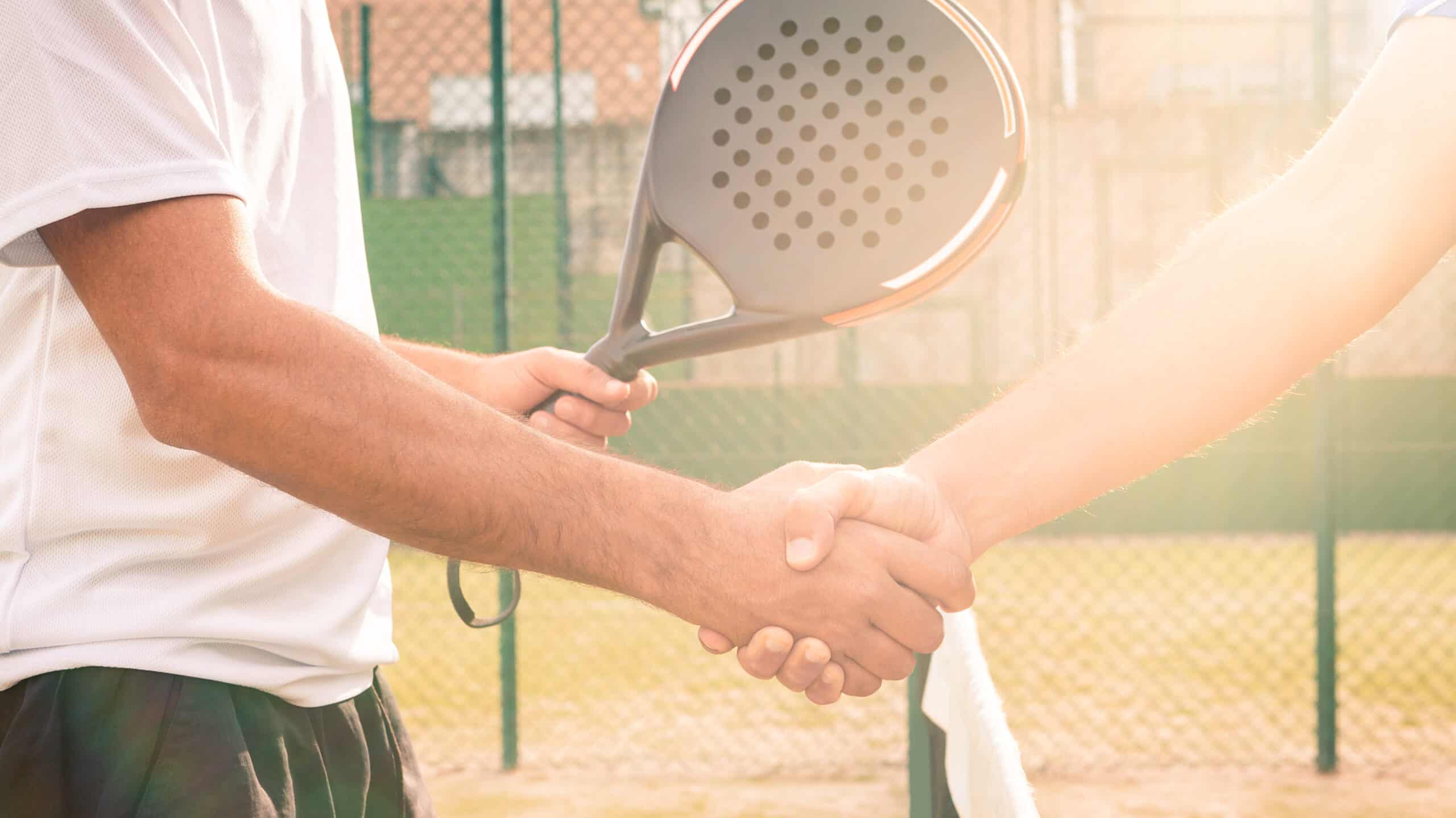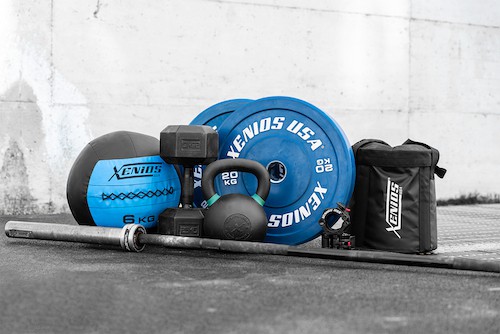How many times have you wanted to train your pectorals in the comfort of your home effectively ?
But, since you didn’t have the cool machine in the gym, you had to go out.
Well, this is no longer the case.
Today you will discover how to train your pectorals effectively with just two tools: a bench press and a pair of dumbbells.
Are we ready ?
A great workout for pectorals and deltoids
Dumbbell bench crosses are a perfect single-joint exercise for training the pectoralis major and anterior deltoid.
In this movement the shoulder joint is also fundamental: horizontal adduction depends on it, thanks to which the elbows are brought close to the body.
Many other muscles are then involved that allow you to perform the exercise at your best, such as the stability of the shoulder and shoulder blade, elbow and knee, and so on.
Bench presses aren’t a full-body exercise, sure, but it’s not as isolated as you might have thought.
If you’re used to pushing off (or stretching) with dumbbells, don’t use the same load on crosses as well. In this exercise, the elbow is not actively involved, so there is an increase in leverage that will lead to you being able to lift less.
So don’t compete how many kilos you lift more between the two exercises. They are different movements with different characteristics, remember that.
When should you cross during training ?
If you use light weights then you can use this exercise as a pre-fatigue and then go on dumbbell pushes. Otherwise, it’s best to insert them towards the end.
We haven’t talked about how to do it yet, though…
How to unfurl crosses
The first step is to lie down on the bench with your feet anchored to the ground and your shoulder blades adducted. Keep a firm grip on the dumbbells with your wrists in a neutral or slightly flexed position.
Open your arms fully while keeping them slightly bent at all times with your palms facing the ceiling.
At this point, start the movement by closing your arms over you until they are almost perpendicular to the ground. Prevent them from getting beyond this point because otherwise the tension on the pectorals is cancelled and the movement becomes much less effective.
Then open your arms back to the starting position and repeat.
Tips and mistakes to avoid
The first thing to pay attention to is the position of your feet: they are never in front of your knees but always vertically below or behind. This allows you to maintain stability during exercise.
Then remember to breathe.
No, we’re not kidding, breathing in workouts is key.
You have to exhale as you close your arms and inhale as you open them, slowly and steadily as you have to carry out the movement.
You don’t have to be in a hurry.
Aim for a controlled movement that really puts a strain on your muscles.
Another mistake that is often made is to take your shoulders off the bench: here, don’t do it. By doing so, you are putting them in danger.
It is usually done because the scapula is not stable and therefore cannot oppose the inertia of the movement. Pay close attention to maintaining the correct set-up throughout the duration of the exercise and you will avoid this problem.
We then give you some mental tricks to keep the tension on your muscles.
The first is to think about extending your elbows and not bringing the dumbbells closer together. This is because if you aim for the second you will tend to bring your elbows beyond the shoulder line thus losing tension.
Focus on bringing your elbows closer to your sternum by bringing them toward your trunk instead of thinking about the movement of your wrists. It will allow you to train your pectorals more by selecting the movement of the humerus.
Now let’s look at two variants…
Crosses on inclined bench
This version of crosses leads you to train your chest up more. To do this, however, you have to consider the inclination of the bench.
Raising the bench press to 30°, 45° or 60° does not increase the activation of the high chest but leads to a disadvantage of the low chest.
Shouldn’t I do this version ?
You should insert it into your card alternating it with the bench press to change the training stimuli and working angles on the pectoralis major.
After this clarification, how do the crosses on an inclined bench take place?
The movement is the same as before, so you won’t have to learn anything new.
We remind you to maintain the right scapular set-up and breathe, as well as keep in mind all the tips we have given you.
As far as the angle of the bench is concerned, it is recommended to reach at least 40°.
Crosses to the cables
There are a thousand variations of this exercise, so let’s see how to perform it and some ways to change the stimulations.
How are they performed ?
If we are talking about the classic execution of crosses on high cables, you have to work with the crossover machine. If you don’t have it at home, you have to go to the gym or buy it.
Start standing with your arms open and your cables at a slightly lower height than your shoulders. Here, too, there is the scapular set-up. You don’t have a chance, you have to learn it.
At this point, grab the stirrups, stand in the center and take a small step forward by tilting your torso slightly.
From here, bring your arms forward towards the center of your chest until your hands are touching, about the height of your sternum and then return to the starting position.
If we talk about common mistakes avoid keeping your arms hypertensed, they lead to a greater risk of shoulder injuries. Keep the right flexion of the elbows in the lengthening phase and extend them in the shortening phase.
Also be careful to use a weight that is suitable for your abilities. As we always say: start slow and then go faster.
Let’s take a look at some variants ?
Standing crosses at low cables
In this exercise, you don’t want to keep the cables too low to prevent it from practically turning into the front raises that involve the shoulders more.
Then keep the cables at the level of the pelvis and no lower than that.
In the crosses at the lower cables you will stimulate the upper part of the pectoralis major more and you will activate the anterior deltoid to a greater extent.
90 degree crosses
Here we no longer work standing but lean on a bench placed at 90° which guarantees you greater stability.
The bench is placed further forward than the cables and the height of the cables must be at shoulder level. The movement is the same but pay particular attention to carry it out slowly and without abrupt acceleration.
This will bring you a greater stimulus and thus strengthen your muscles more
Crosses on a flat bench to the cables
In this case we are lying on the bench with the cables at the bottom.
Here you will have a continuous tension of the pectoralis and you will be able to change the inclination of the bench to quickly change the working angle and thus stimulate the bundle of the pectoralis of your choice more.
This allows you to give variety as it happens with dumbbells.
What if you only had a barbell and a bench press at home? How can I train my pectorals ?
Barbell with bench press: some exercises
The first exercise that comes to mind to train the pectorals with a barbell and a bench press is certainly the stretch.
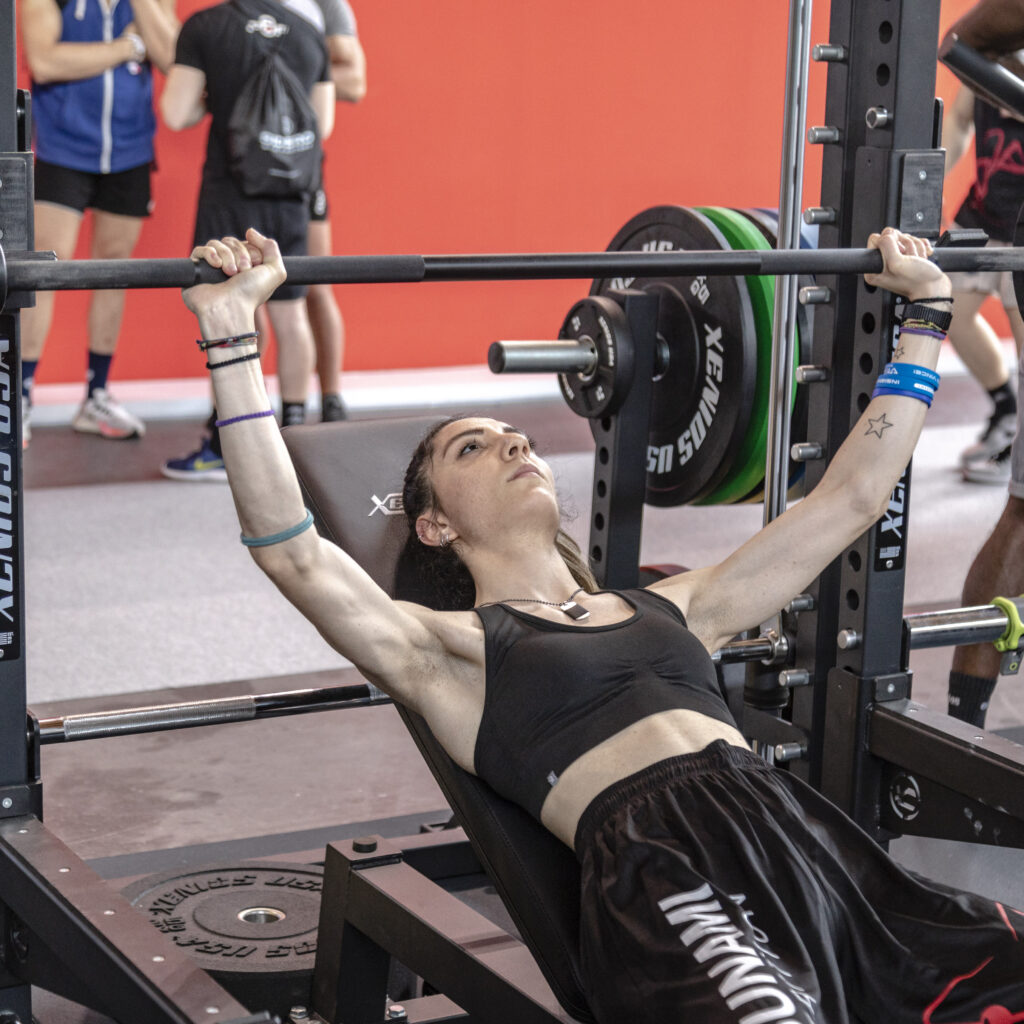
It’s a great workout for the deltoids, chest, and triceps. It’s relatively simple, you just need to pay attention to a few elements.
First of all: how do I do it ?
How to do bench presses
As always, you need to lie down, pay attention to your scapular set-up and keep your feet firmly on the ground.
From here you take the barbell with the right handle not too wide but not too tight either.
You detach the barbell from the rack and bring it on top of you with your arms outstretched and then slowly bring it closer to your chest. You wait a second and push it until you get to the starting position.
As for some tips, remember your breathing and keep a slow controlled movement. If you then have the opportunity to be followed by a spotter it would be better: it may happen that you do not evaluate the weight well or that you have difficulties in the last repetitions.
Finally, if you pay attention to keeping the scapular set-up, the barbell press with a flat bench becomes a perfect exercise to include in your training plan.
Another exercise that you can do is a variant of this and it is the incline bench presses.
Incline bench press
The movement is the same and remember to inhale when you push and exhale when you return to the starting position.
If you feel too much pressure on the shoulder joints you can decide not to bring the barbell completely close to the pectoralis muscle but to leave 5 cm, see if you feel better.
Start first only with the barbell without weights to learn the execution in the correct way and only then start loading.
Conclusion
We have reached the end of this article in which we have seen how to do crosses, one of the best exercises for bench press, and some of its variations. Use the incline bench press to give different stimuli to your muscles or cables, depending on what you have available and it fits your training.
And if you don’t have dumbbells, you can always train your pectorals thanks to the barbell bench presses.
We hope you found what you read useful and we wish you a good workout !

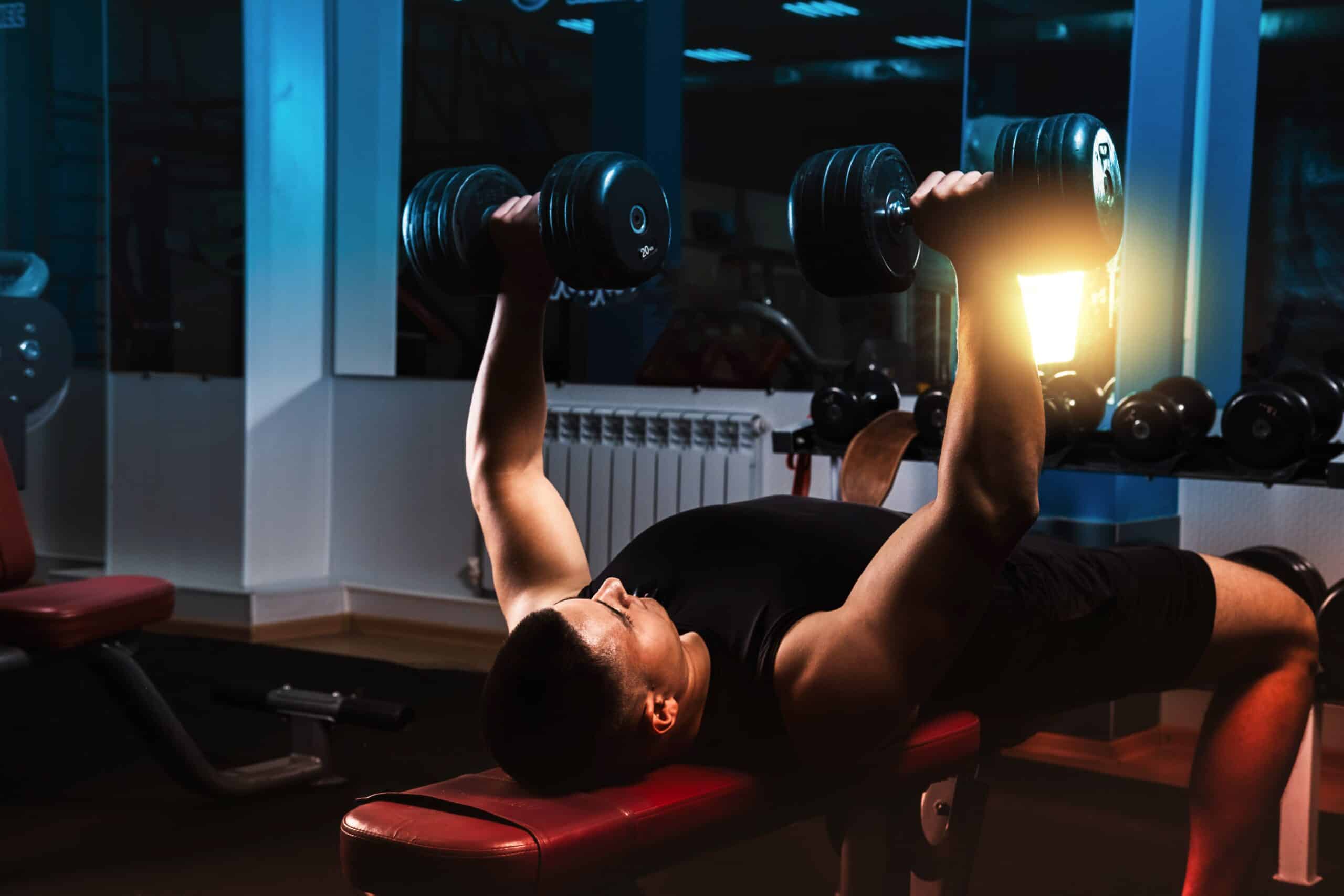
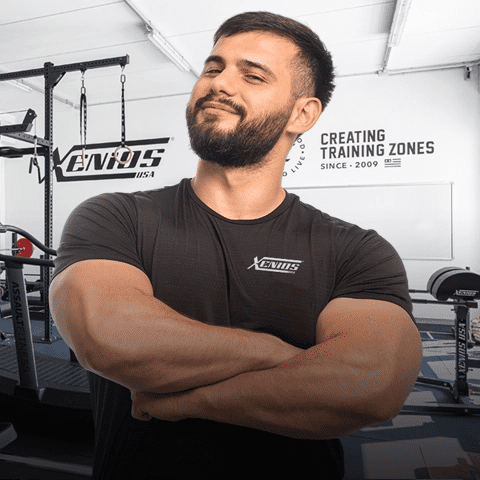
 Since 2009, we’ve been by your side, helping you create the perfect training spaces for Cross Training Boxes, Personal Trainer Studios, and professional Home Gyms.
Since 2009, we’ve been by your side, helping you create the perfect training spaces for Cross Training Boxes, Personal Trainer Studios, and professional Home Gyms.
